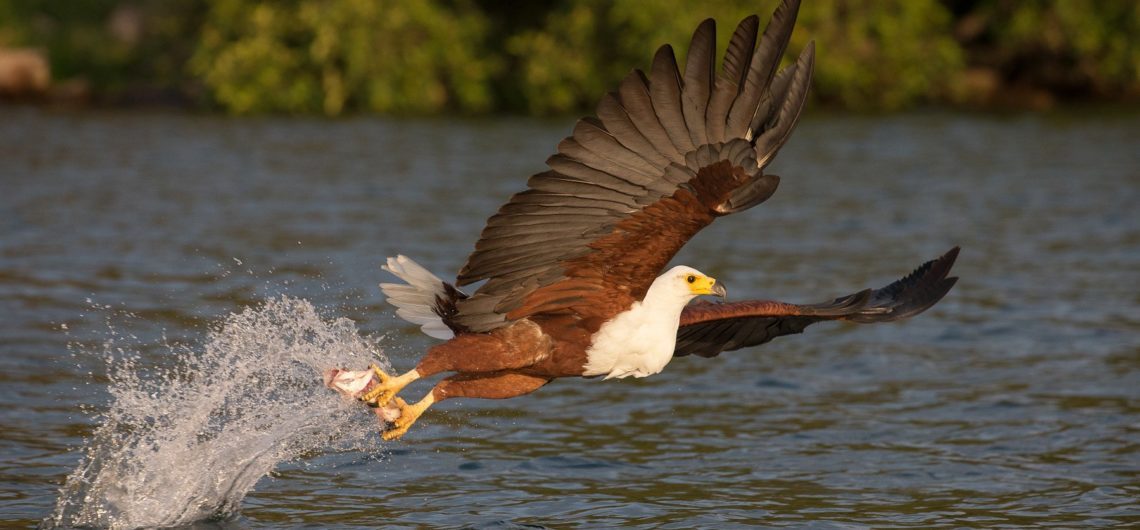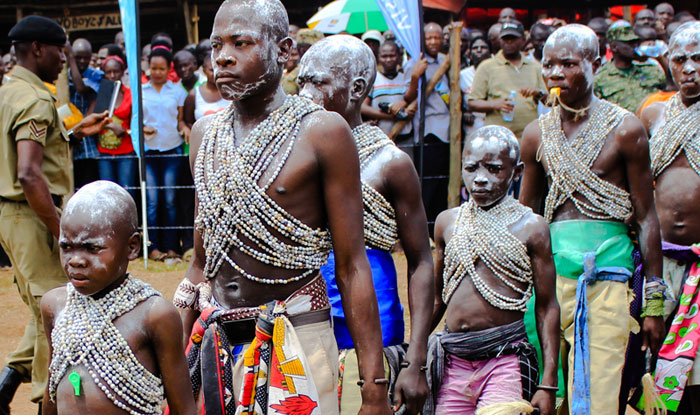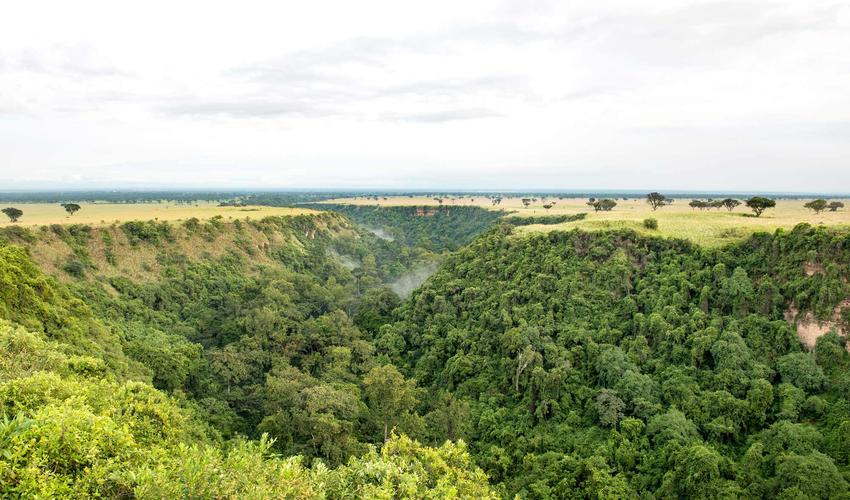There over 1050 bird species in Uganda spread across numerous forests, lakes, mountains , villages as well as towns and cities but only a few are as captivating as the enormous giant African fish eagle, a water side dweller and a very keen fish hunter. We at RAK Safaris have been doing birding safaris in Uganda for over 6 years now and every time a client comes across the African fish eagle during a boat trip in Murchison falls park or Queen Elizabeth, they are always marveled by the beauty and fierceness this predator bird has.
We present to you some of the basic features an African fish eagle so when you bump into it on your next safari in Uganda, you wont miss that picture moment.
Appearance:
The African Eagle is fairly large with a distinctive black, brown, and white plumage.

Diet:
As its name suggests, the African fish Eagle extensively feeds on fish but in some areas it has been recorded to prey on flamingoes and other water birds. It has also been recorded to eat carrions and is classified as a kleptoparasite (it steals prey from other birds). Goliath Herons have been recorded to lose a percentage of their catch to Fish Eagles. This Eagle’s main diet is fish, sometimes caught dead, but it usually catches them alive. Lungfish and Catfish are caught most frequently. The African fish Eagle also eats larger prey on the ground next to the water.

Behavior:
The African Fish Eagle has two unique calls. When in flight or perched, it sounds somewhat like the American Bald Eagle. When close to its nest, it sounds makes a ‘quock’ sound – the female is a little shriller and less mellow than the male. Its sound is well known and clear, it is often known as ‘the voice of Africa’. The African Fish Eagle is often viewed in pairs both inside and outside of the breeding season, they even share kills made by either of them. They spend more time perched on a branch of a tree than in flight. They often settle for the day at 10am, having made their kill already, kills are made at any time of the day.

Habitat:
It is frequently seen sitting high in a tall tree from where it has a good view of the stretch of river, lake shore or coastline, which is its territory. Near a lake with an abundant food supply, a pair may require less than a square mile of water to find enough food, whereas next to a small river, they may require a stretch of 15 miles or more. Some tend to move around to avoid the wettest weather, whereas others stay where they are all year round.
Where they are found?
It is frequent in sub-Saharan Africa, in all areas with large fresh water bodies. It is also of national importance as it is the national emblem of Zambia, Zimbabwe, Namibia and now South Sudan. In parts of East Africa, it is particularly common in and around some of the Rift Valley lakes.
So if you plan on a doing a birding safari in Uganda this season, the African fish eagle should be top of your bucket list of birds in Uganda. To book a safari or inquire, simply send us an email to info@raksafaris.com or call us now on +256-782 061184 to speak with our reservations team.





